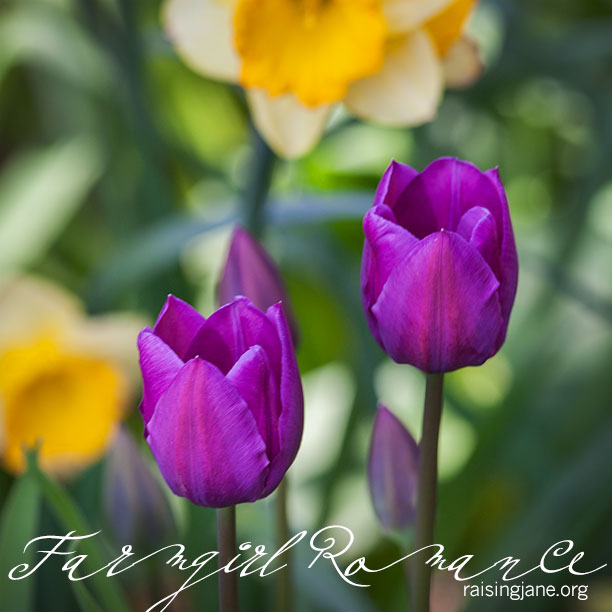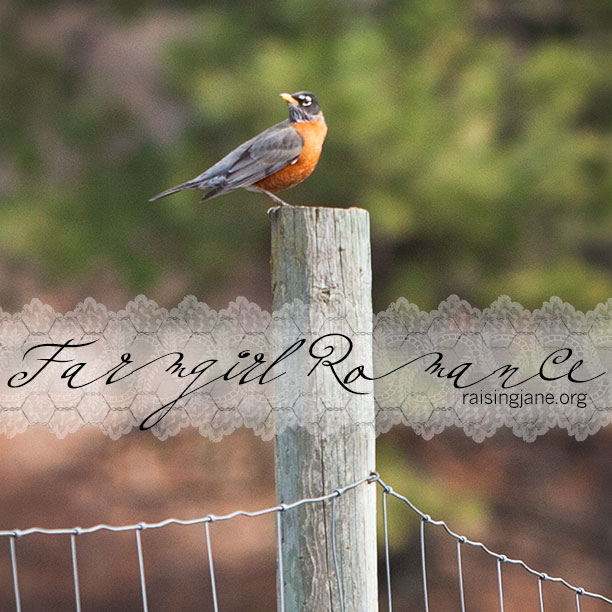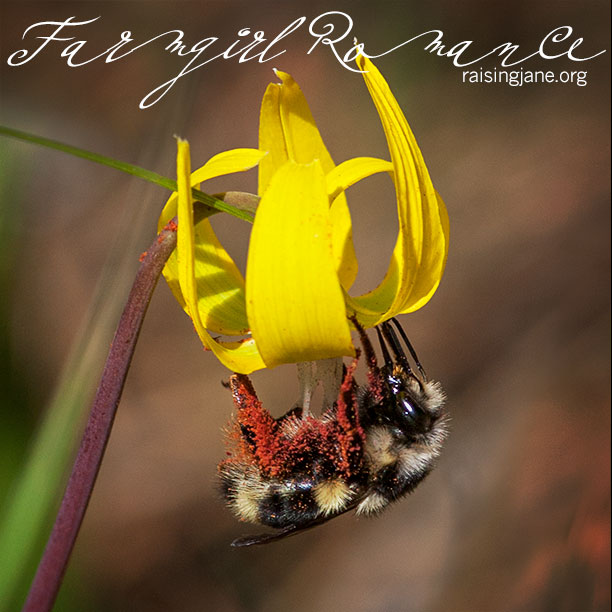
-
Buy props used in MaryJane’s books and magazine!
5% of profits will benefit www.firstbook.org, a non-profit that provides new books to children from low-income families throughout the U.S. and Canada.

Here’s how:
MaryJane will post a photo and a description of a prop and its cost along with a few details as to its condition here: https://shop.maryjanesfarm.org/MaryJanesCurations. It’s a playful way to be the new owner of a little bit of farm herstory.
























































Ohh, so purple pretty with the daffodils in the background. I just love bulb flowers.
Those are gorgeous! Makes me want to run right out and plant some. Alas, I must go to work. Sigh.
Purple is my favorite color. I need to get me some of those beautiful purple tulip 🙂
ABSOLUTELY STUNNING!